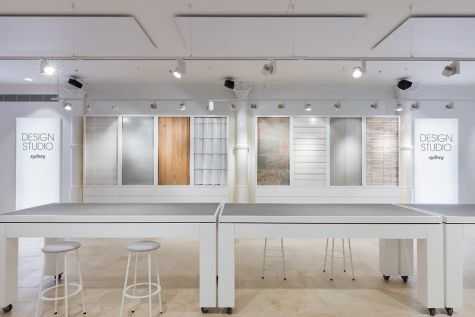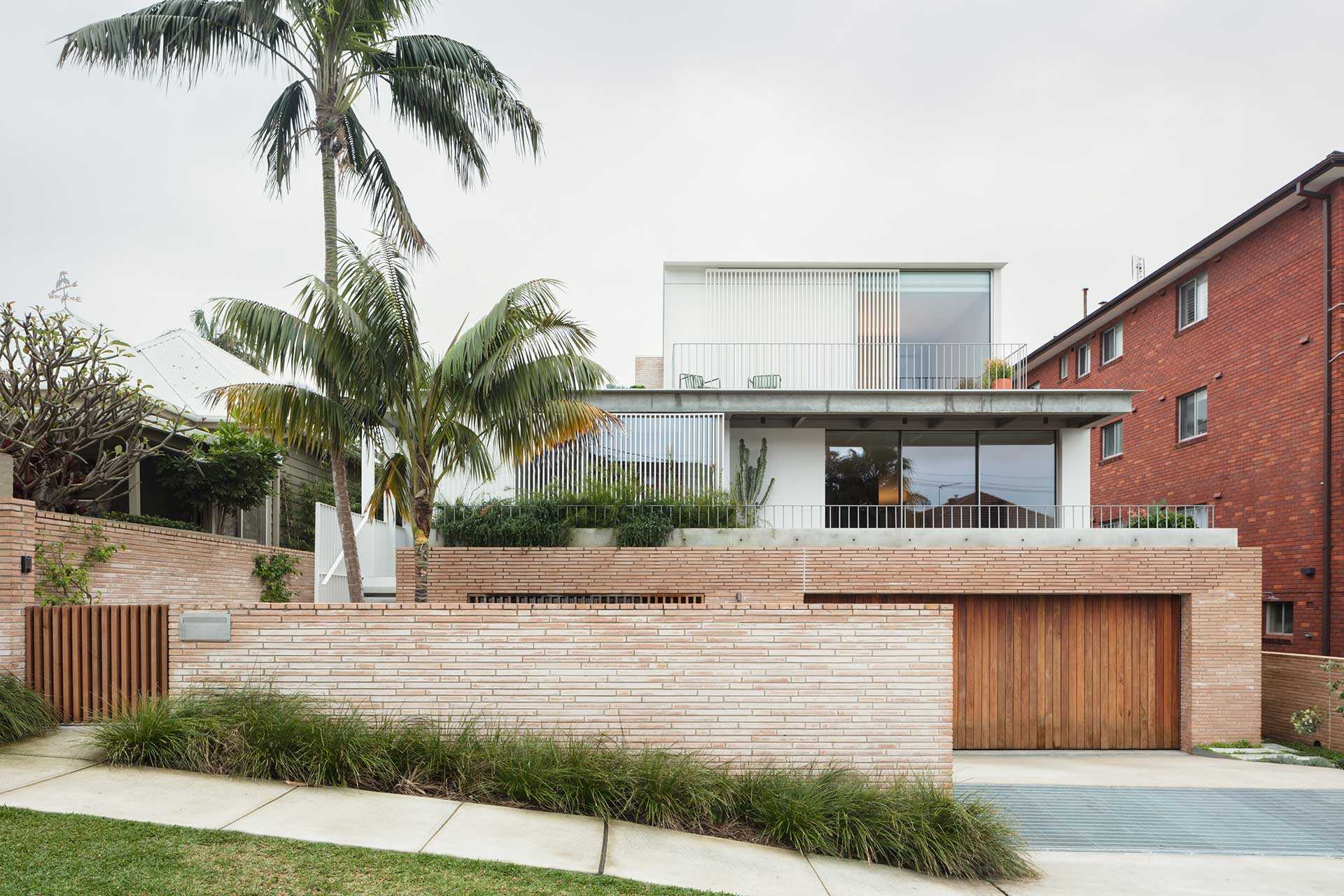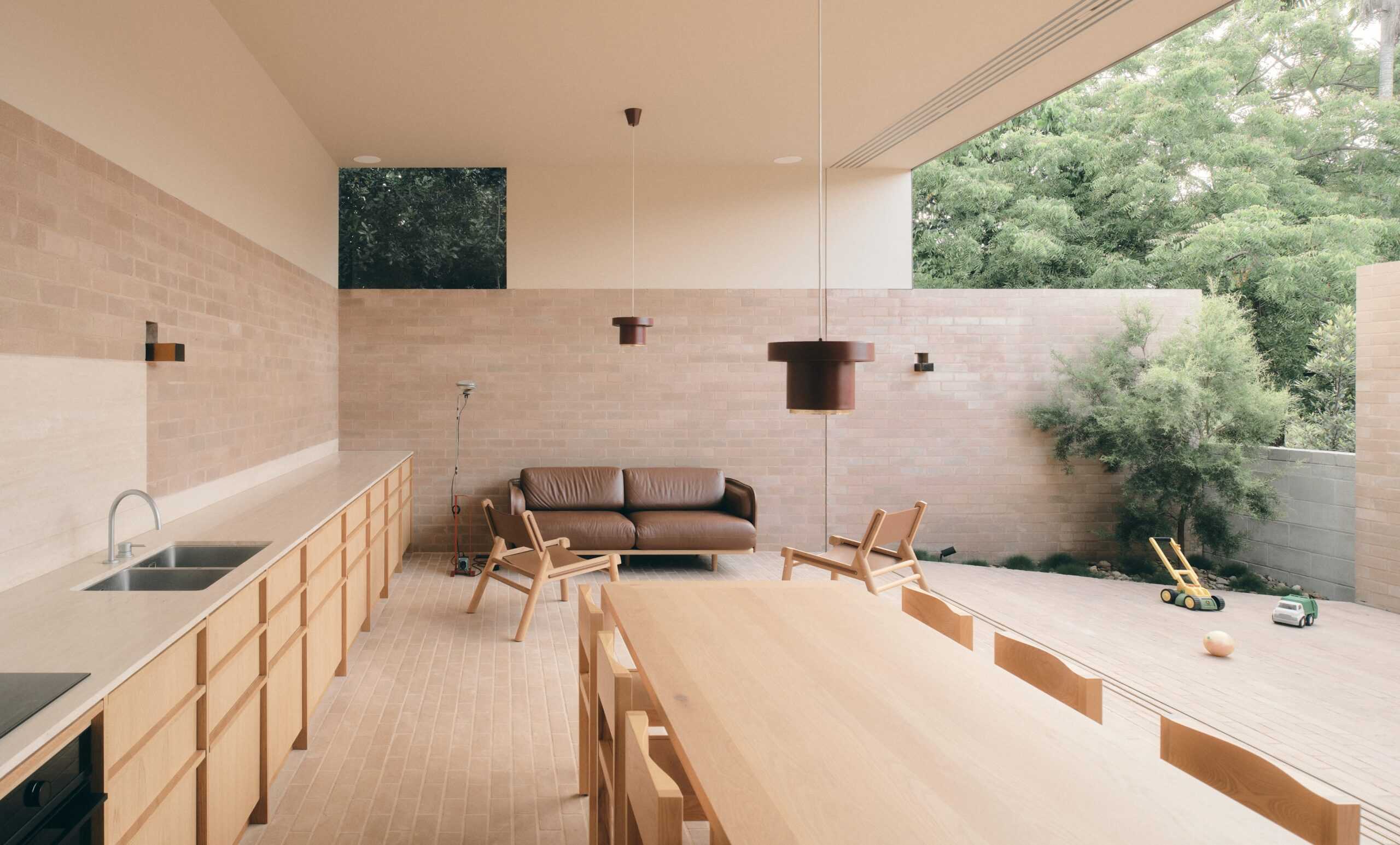
Home
Tips for choosing the right paver for your outdoor space
An overwhelming amount of paver choices is not the worst problem to have, but we do sympathise with the plight of renovators desperately trying to sift through the options for their outdoor spaces. The good news is that taking a look at your site can offer some solid clues to help narrow down the choices.
Get In Touch
Build your dream home.
Learn about our products.
Learn about our products.
Learn from the best.
Join us at an event.
Join us at an event.
Tags
Please register for this event
Get Inspired
Stay up to date with the latest trends, products projects and more on Instagram.






















